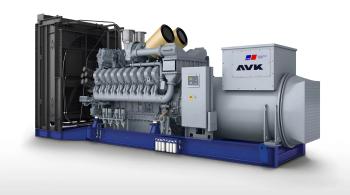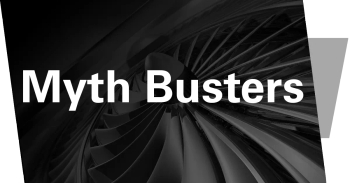
Developing hydrogen turbines for a cloudy day
Fire up your 300 MW gas turbine and you’ll be burning a fuel that the EU intends to phase out. The goal of EU’s “Green Deal” is to achieve carbon neutrality by 2050, and to phase out natural gas by 2030. While the
Siemens Energy, for example, is investing heavily in hydrogen R&D. The company showcased its ongoing hydrogen efforts during a webinar called, “Hydrogen – Clean Energy for Power Generation.” The speakers explained that the role of the gas turbine in a renewable energy future is likely to be
Outfitting gas turbines to operate on a small percentage of hydrogen poses minor technical hurdles. But once the hydrogen percentage climbs, the challenges mount. The characteristics of natural gas and hydrogen are dramatically different. Hydrogen burns much hotter, it has a flame speed ten times greater than natural gas.
Since 2012, Siemens has been testing the ability of its turbines to tolerate greater quantities of hydrogen. The company now has several industrial and aeroderivative turbines capable of burning over 50% hydrogen, including the Siemens SGT-800 (48-57 MW) and the SGT-A65 (60 to 71 MW).
Engineers plan to test the SGT-800 this year, targeting 75 vol-% hydrogen at full load conditions. The SGT-800 is equipped with hydrogen-adapted dry low NOx burners as well as instrumentation and fuel system piping designed for hydrogen operation.
“With the change in heat load distribution, we need to adapt by redesigning the cooling of the combustor,” said Jenny Larfeldt, Senior Gas Turbine Combustor Expert at Siemens Energy. “Many in the combustion community believe that we may have to adapt the burners more severely to deal with higher concentrations of hydrogen.”
A big challenge with hydrogen is the NOx that is produced during combustion. This SGT-800 test is targeting 25 ppm NOx which in combination with secondary NOx reduction, i.e. a catalyst, makes power and heat generation compliant with most emission legislations world wide.
Using dry low NOx combustors, premixed combustion, the flame temperature is controlled and thus there is no requirement for turbomachinery parts that can withstand higher temperatures, only the heat distribution patterns will change which can be adapted for by 3D printing. Siemens Energy is redesigning 3D printed parts for its burners and combustors. As a part of this, the company established a 3D printing workshop in Finspång, Sweden, in 2016, close to its already existing gas turbine manufacturing and delivery test beds. Testing of hydrogen turbines and components such as dual fuel burners will be done in this facility.
Newsletter
Power your knowledge with the latest in turbine technology, engineering advances, and energy solutions—subscribe to Turbomachinery International today.





